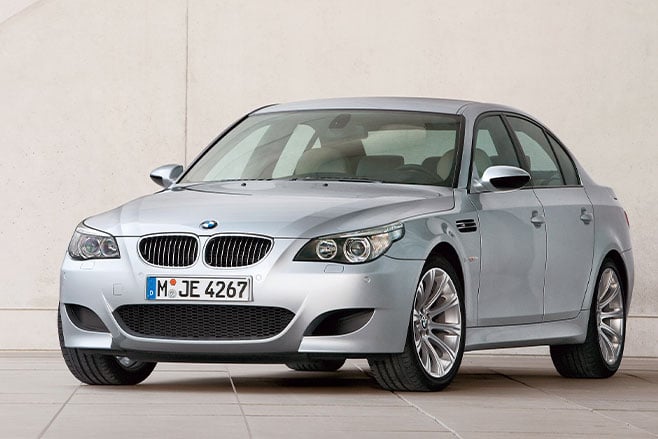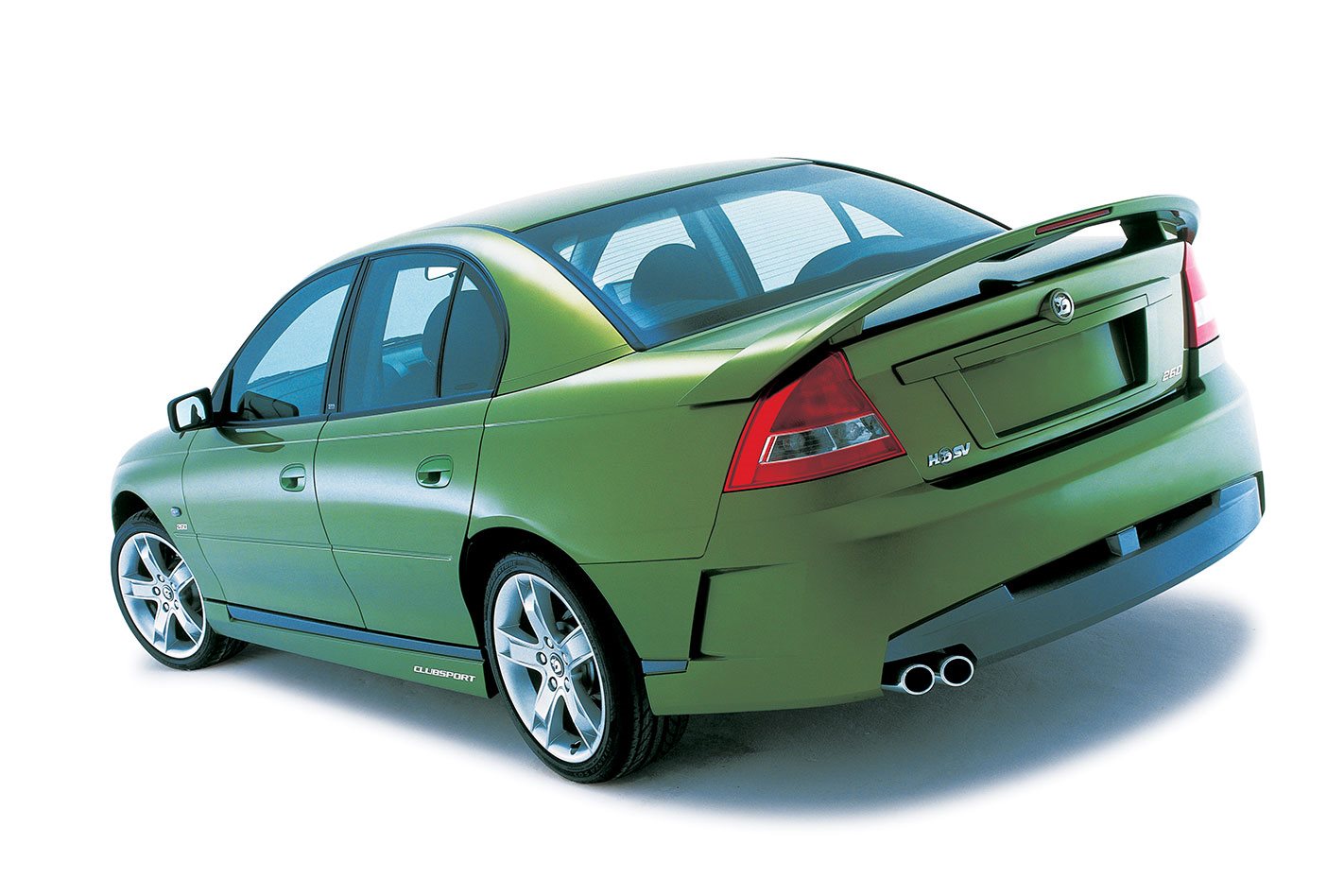The VN Clubsport arrived in the nick of time to save a struggling HSV from a recession that engulfed many enterprises during the 1990s. Almost a decade later, the world in slightly better financial shape, HSV’s survival was then assured. Unexpectedly and halfway through the VT model’s production cycle a new engine arrived, allowing Holden to claim dominance in its performance war with Ford’s struggling Tickford Vehicle Engineering.
The US-sourced 5.7-litre LS1 had an alloy block and heads and delivered a decent 220kW. In HSVs, including VTII Clubsport, 250kW became the benchmark.
Despite being billed as the car to own if you had a hankering for weekend on-track heroics, the vast majority of Clubsports never got near a racetrack. Most owners, it seemed, preferred to slot the auto ’box into ‘Drive’, adjust the quasi-race seat to ‘sprawl’ and gee up their mates with a dose of V8 rumble and mumbo. Therefore in the used market you will find auto Clubbies outnumbering manual cars by around three to one.
Within a year of the 5.7-litre car’s arrival a revamped VX brought a 5kW boost, dual airbags and side-front occupant protection. A VXII version brought standard 18-inch wheels to address the issue of inadequate rubber.
HSV devotees regularly complained (apparently) that their cars were too similar to the SS Commodore.
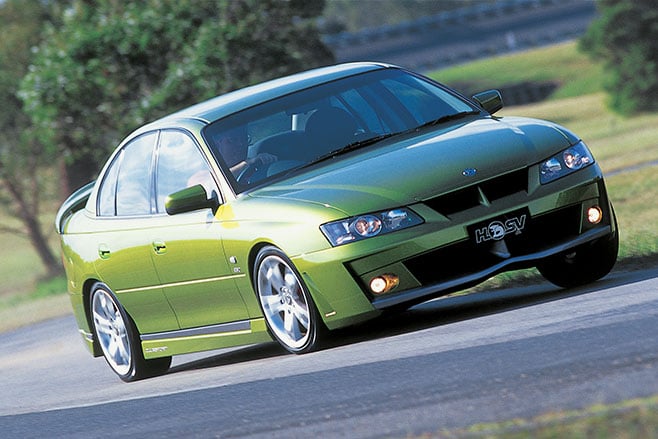
Therefore when the ‘Y Series’ (as opposed to plain old VY) arrived in late 2002 it came in new colours with unique slabs of body embellishment. Power climbed again by 5kW and it would take the arrival in 2003 of the YII before output from the 5.7-litre reached 285kW and torque for the first time would exceed 500Nm.
For several years HSV offered its 300kW GTS300 but in 2004 with the arrival of a Z version, Clubsport buyers were granted a similar experience for $30,000 less.
Cars with this degree of performance and spaciousness should have been selling in their thousands in the USA. Blame corporate jealousies and politics for that failure. HSVs did make their way overseas but too late and in numbers too few. Fortunately there are plenty going around in the used market locally. Here’s what to look for.
In the market for an HSV Clubsport?
Strong sales of 5.7-litre versions means Clubsports from the early 2000s are most common. Best avoid cars that have averaged more than 5000km a year. Preserving these cars is a task that needed to be undertaken from the date of delivery.
Modifications are fine if you’re buying for some track-day fun or basic transport. Beware any changes that run counter to HSV’s original dynamics that might turn a balanced and responsive car into a dog very hard to move at resale time. Worn-out VX-Ys with trashed interiors and 300,000km make up the bottom of the market. If you’re after a ‘builder’ these offer good buying. Primo collector cars rarely come up so if you have some investment dollars, join your local HSV owners’ club.
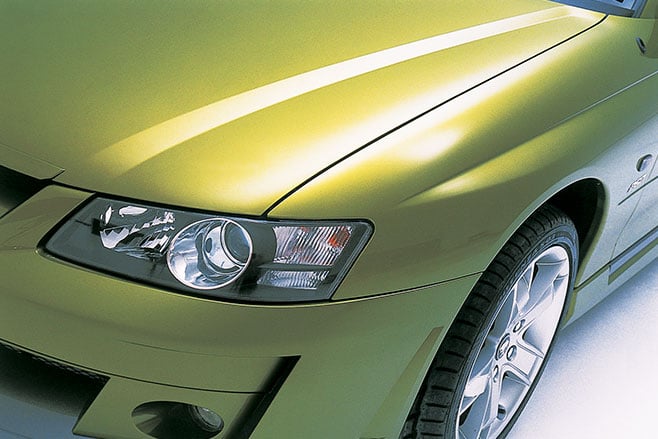
HSV Clubsport body & chassis
Limited clearance when negotiating speed-bumps or climbing a gutter makes Clubbies easy prey to underbody dents and cracked plastics. Inconsistent bumper and bonnet gaps can signify poor repairs but look also for damage to hidden sections of the air-dam, sill skirts and rear bumper (best checked from underneath). Replacement body panels are still available and finding correct replacements for HSV body kit components isn’t difficult or especially expensive.
HSV Clubsport engine & transmission
Gen III V8s have a reputation for durability but some vibrate more than is acceptable. New engine/transmission mounts will help. Check for overheating by letting the car idle after test-driving. Clutch life varies according to use but 80,000 kilometres should be possible.
Cars with a mushy pedal probably need the hydraulics overhauled but stay away from ones where gears are difficult to select and send vibrations through the gear-lever. Automatics that slur changes or jump from second straight to fourth need an overhaul.

HSV Clubsport suspension & brakes
Worn bushes cause front-end clunks and wavering steering response. If the rear tyres are worn significantly on their inner edges, the IRS components will need examination by a specialist. VX and subsequent models have greater scope for rear suspension adjustment than early cars.
Brake squeal and shudder is just the discs demanding attention; sets of stock rotors and pads will set you back $1000 or so but rising to more than $3000 if you upgrade to a premium brake package.
HSV Clubsport interior & electrics
Most interior parts are unique to HSV and more expensive to replace than those fitted to basic Commodores. Leather needs to be supple and crack-free or a hefty retrim bill awaits. Due to their pronounced bolsters, even stock seats are prone to wear.
Dampness in the footwells can come from the heater or a leaking windscreen seal. If the dampness isn’t coolant or fresh water, the clutch hydraulics are a likely culprit. Air conditioners suffer a range of faults (mostly expensive to fix) so tepid air even with the thing cranked up full isn’t a good sign. Test the seat electrics to make sure they haven’t seized due to lack of use.
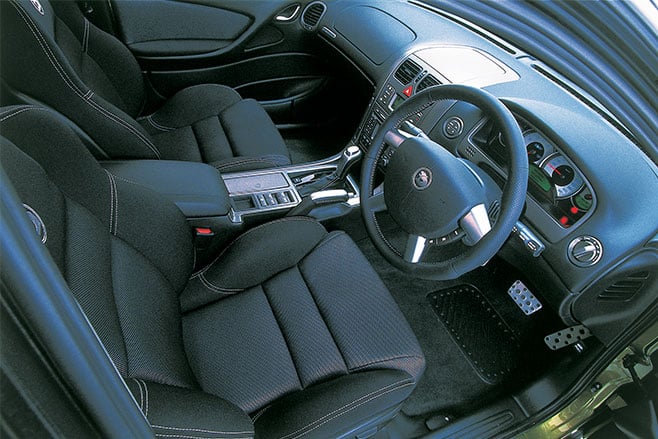
HSV Clubsport specs
Body 4-door, 5-seat sedan Engine 5665cc V8, OHV, 16v Power 260kW @ 5600rpm Torque 475Nm @ 4000rpm Transmission 6-speed manual Weight 1660kg Used Range $15,000-$40,000 (VT-VZ)
Other cars to consider
1. Holden SS-V Redline (VE II)
A generation newer than VT-VZ and very much feeling it, the first Redline encroached on HSV’s turf when launched in 2010 boasting a 270kW/530Nm 6.0-litre L98 V8, big four-pot front Brembos and even sharper FE3 suspension. Tidy examples are about $25K.
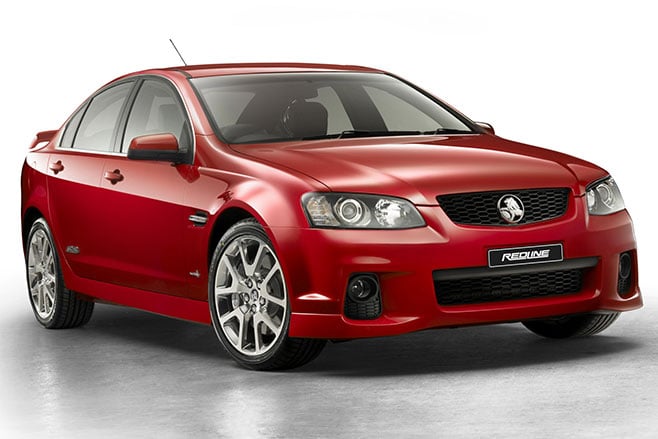
2. FPV GT (BA)
For the brand agnostic, the ‘original’ BA GT (concept pictured) is serious investment-grade metal. Its BOSS290 5.4-litre twin-cam V8 produced 290kW/520Nm and its heavily updated BA chassis had the edge on Holden’s VY. Budget $25K and up for a clean one.
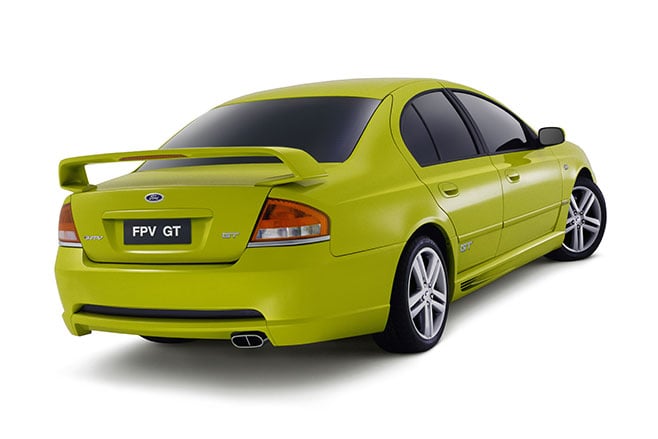
3. BMW M5 (E60)
Bit of a left-of-field alternative, BMW’s atmo 5.0-litre V10 luxo-sedan can be had for as little as $30K these days. With 373kW/520Nm it’s not short on grunt, but there’s a reason they’re so cheap – they go bang easily. Very important to do your research.
